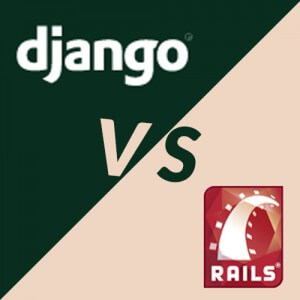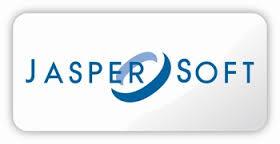
Python and Ruby are the most popular dynamic programming languages. Developers are using these two languages for high-level application development. Python and Ruby are popular among web developers because of their rapid development cycle.
Here, I have discussed the most important difference between Python and Ruby:
Philosophy
Python has been designed to emphasize the programmer’s productivity and code readability. The philosophy of Python requires almost everything explicitly defined by a programmer, whereas Ruby allows programmers to reuse the in-built components in development.
The philosophy behind Ruby is that programmers should have the flexibility and privilege to write concise and compact code.
Functional Programming
Both Rails and Django use object-relational mapping to link the application to the underlying database. In Django, the developer is required to explicitly specify each attribute of every class.
But, In rails, all module attributes are not defined in the class definition. A developer can retrieve all the information from the database based on the class name.
In Rails database migrations is very easy and in-built compared to Django, as it uses third party library like South.
Convention over Configuration
Ruby on Rails defines certain features that make web programming more effective and user-friendly. Convention over configuration (CoC) is one of the important features of Rails.
“Convention over Configuration” means a developer only needs to specify unconventional aspects of the application. There are some predefined layout and sensible defaults available in rails projects.
All components such as models, controllers, and static CSS and JavaScript files are located in standard sub-directories and you just need to drop your implementation files into those directories.
CoC saves a lot of time of developers because in rails you don’t need to write the same code again and again.
While in Django, you have to specify the path where the component files are located. So the development cycles in Rails are shorter as compared to it’s counterparts.
Model-View-Controller and REST
Ruby on Rails is unique because it supports the REST protocol. It helps you to organize your application. In Rails, all model objects are accessed and handled in a uniform manner using the standard HTTP verbs like getting, PUT, DELETE, and POST.
CSS, JavaScript and images
Rails have an in-built asset pipeline. Rails’ asset pipeline is having feature of minifying, concatenating and compressing JavaScript and CSS files. Not only that, it also supports other languages such as Coffeescript, Sass and ERB.
Django’s support of assets it very amateurish compared to Rails and leaves everything to the developer. Django offers static files, which basically collects all static files from each application to a single location.
URL mapping
Both Rails and Django allow for the use of regular expressions to customize the mapping of URLs to controller actions. Both are flexible enough to allow you to create pretty much any mapping scheme you wish.
But, Rails does automatic URL mapping based on the class and function names within controllers by default.
Testing
Testing is very easy in Rails and there’s a much stronger emphasis on it in Rails than in Django.
Popularity
Python is generally more widely used than Ruby. Due to the rising popularity of the Ruby on Rails Web application development framework, Ruby’s popularity to has seen rapid growth.
Both Rails and Django are effective web frameworks powered by efficient programming languages. However, Rails is the best platform for rapid web app development.
Andolasoft offers quality rails development service. We specialize in developing database-driven web applications in an efficient and hassle-free way.
Recommended Blog: Steps to add ‘Elasticsearch’ to Rails App
Have something to add to this topic? Share it in the comments






